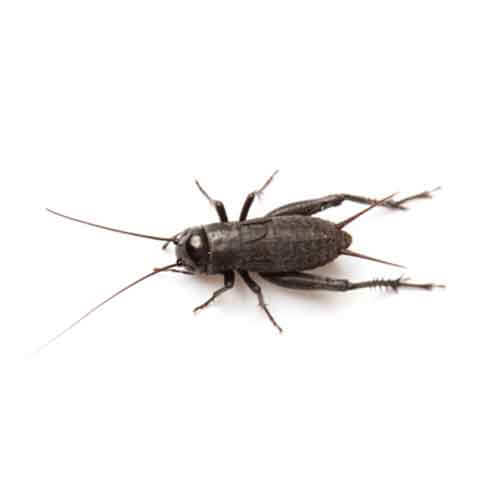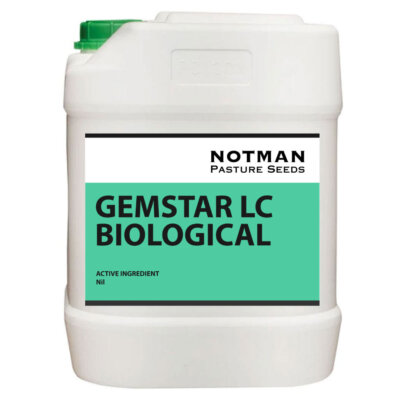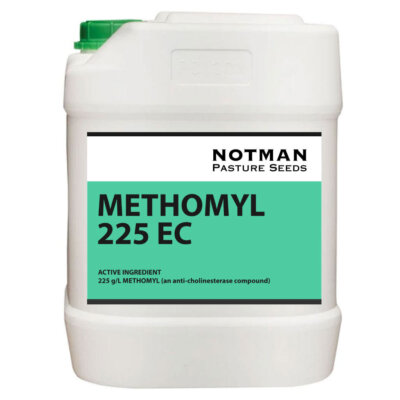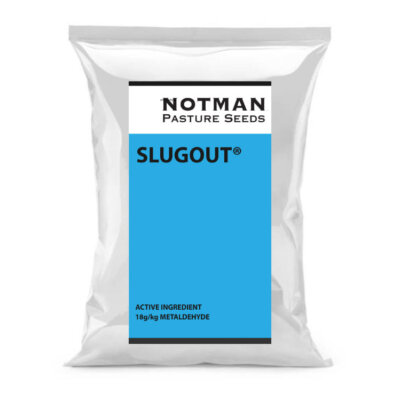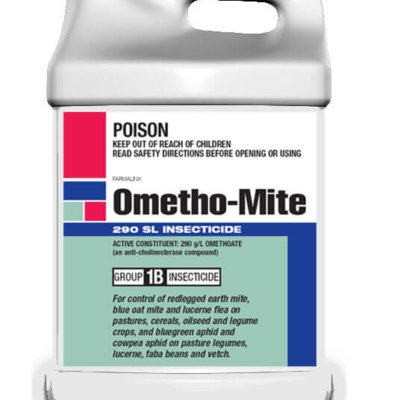Description
Cricket Bait is an insecticide treated grain product for the control of black field crickets in pasture.
Black field crickets pose a insect pest threat to farmers in newly sown and established grass pastures over the late summer and autumn period. Our Cricket Bait is highly palatable and has a rapid knockdown effect on the target pest.
Notman Pasture Seeds can provide application and spreading tips and advice – from the best time of day for laying cricket bait, to the optimum concentration for maximum effect – ensuring you get the best results from your cricket baiting.
Each season is different, however typically farmers aim to reduce populations in February and repeat applications, at the same rate, are made in late March & April so the crickets aren’t eating through existing and newly pasture much needed for late Autumn and Winter feed.
PASTURE LOSSES
A field population of 20 crickets/m2 could cause a pasture loss of 1600 kg DM/ha in 98 days. The actual loss in anyone season could, however, be as low as 860 kg DM/ha or as high as 2450 kg DM/ha depending on availability of feed (Blank, 1985).
Severely defoliated ryegrass plants will be slow and many plant can die. Cricket-damaged pasture that do recover after substantial autumn rain and senescence of the crickets in April-Ma may need oversowing so the paddocks are ready to graze again.
ABOUT BLACK FIELD CRICKET
Black Field Crickets attack pasture, emerging cereal crops and many field crops causing significant damage. Field crickets live in burrows and cracks in damp spots and after rain they move to surface a feed at night. During the day they can found beneath loose soil and stones.
- Lifecycle on pastures consists of two or three generations between spring and summer
- Egg laying is stimulated by rainfall and warm conditions during spring, summer and autumn
- Females swarm during warm, humid evenings 1-2 days after rain and may fly up to 10 km to find egg laying sites.
- Adults and nymphs feed on leaves, stems and pods usually after dark on soils with surface cracking or stony ground.
- Adults are black or brown and are up to 30mm long. Nymphs have similar characteristics and smaller nymphs have a white band across their body.
- Population numbers are dependent on weather conditions: dry winters can desiccate overwintering eggs and nymphs, while cold wet weather during autumn, winter and spring can also cause high mortality.
APPLICATION RATES
Application rates range from 10-20kg/ha depending on population density. Bait is generally spread at 15kg/ha
TIMING OF APPLICATION
Each season is different, however typically farmers aim to reduce populations in February and repeat applications, at the same rate, are made in late March & April so the crickets aren’t eating through existing and newly pasture much needed for late Autumn and Winter feed.
ECONOMIC THRESHOLD
Field cricket populations of greater than 3 per square metre and considered an economical threat to treat at sowing.
Get in touch with Notman Pasture Seeds on (03) 5659 2314
| Product | Cricket Bait |
|---|---|
| Application timing | February-April |
| Application rate | 15 kg/ha. Farmers using 10-20kg/ha depending on infestation. |
| Withhold Period | 7 days for pasture |
| Unit sizes | Approx 800kg |
| Availability | Poowong & Purnim warehouses |







